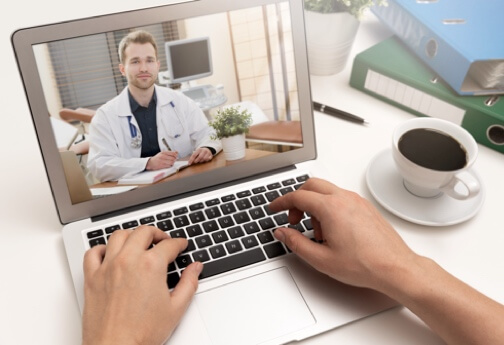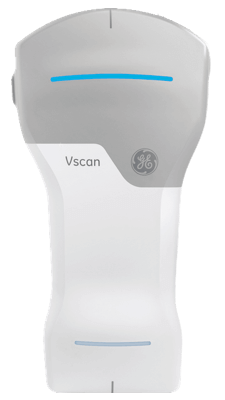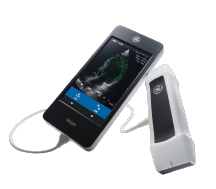
The doctor-patient relationship relies on strong communication, just like every other relationship in healthcare. Between providers, communication failure, not a lack of provider skill, has been identified as the root cause of approximately 80 percent of serious adverse events in healthcare settings. The implications of failures in doctor-patient communications should be taken just as seriously.
Medical schools are stepping up to the plate and putting more emphasis on relationships and communication, but more practical steps are needed. Thankfully, a new class of portable tools is emerging to address those gaps.
Better Outcomes Start With Physician Empowerment
Often, the discussion around outcome improvement centers on patient empowerment. Of course, patient-centered health matters, but a large portion of it rests in the hands of physicians.
Physicians have an amazing opportunity to be catalysts in revolutionizing the patient experience, simply by being willing and enthusiastic agents of patient empowerment.
At the same time, the benefits of an improved doctor-patient relationship flow both ways. Having confused, irritated patients might lead to poor outcomes, which may directly impact a physician’s feelings of job fulfillment — a dynamic that can’t be ignored as we face the public health crisis of physician burnout.
Technology That’s Improving the Doctor-Patient Relationship
The relationship between doctors and patients is dynamic and relies on direct communication. However, it’s also filtered through the overall patient experience. Breakthroughs in technology have been made that not only improve care, but also open up new channels of communication for physicians.
Advances in digital devices allow 4D ultrasound allow doctors to not only share digital images almost immediately with expectant parents with one click, but also enable instantaneous collaboration with other clinicians in addressing any issues. The cloud-based system Tricefy™ allows immediate commentary from physicians and facilitates dialog from practically anywhere.
Enhancing clinical relationships requires not only better communication skills, but also tools that close the gap between diagnosis and patient understanding through a more educational and interactive experience. Patients can not only see what their doctors see, but also get more precise information, like the exact location of an issue. This is where portable technology, such as handheld ultrasound, gives teeth to initiatives attempting to improve the doctor-patient relationship.
Understanding the Power of Handheld Ultrasound
Handheld ultrasound has led the way to a new level of accessibility for providers, with some units being the size of a smartphone, while still providing quality images. According to the conclusion of a study published in The Acta Anaesthesiologica Scandinavica that compared the Vscan and the Vivid-i systems, “the Vscan displays image quality interchangeable with larger and more expensive systems. The apparatus is well-suited for performing a (focus-assessed transthoracic echocardiography) examination in a one-day surgery setting and could very well also be applicable in almost any situation involving patients with acute illness.”
The simple nature of their portability can help doctors at the bedside, as well. Authors of a study published in The Annals of Internal Medicine concluded “that the use of ultrasound by hospitalists will continue to modernize the bedside evaluation and streamline the diagnostic process.”
Consider the fact that the use of pocket mobile ultrasound devices (PUDs) has been found to actually spare patients the negative and often costly experience of unnecessary exams. According to a study published in PLOS One, “after a simple and short training course, a PUD examination can be used in addition to a physical examination to improve the answer to 10 common clinical questions concerning in- and outpatients, and can reduce the need for further testing.”
Clinical settings, though, are just the beginning. Organizations such as Doctors To You are meeting patients where they are and leveraging technology like Vscan Extend™ to expand the reach of house calls. We’re also entering a period where more employers are offering healthcare services in the workplace. Companies including Disney, Apple, Boeing, Cisco and Goldman Sachs now provide on-site clinics for their employees, further increasing the potential for portability and accessibility in diagnostic modalities like handheld ultrasound, and opening up an entirely new venue for the doctor-patient relationship.
Initiatives around improving outcomes and the patient experience can easily remain abstract without serious discussions about the technology that pulls them into clinical realities. Forward-thinking healthcare leaders should keep an eye out for developments like handheld ultrasound as foundational tools in improving doctor-patient communications.




